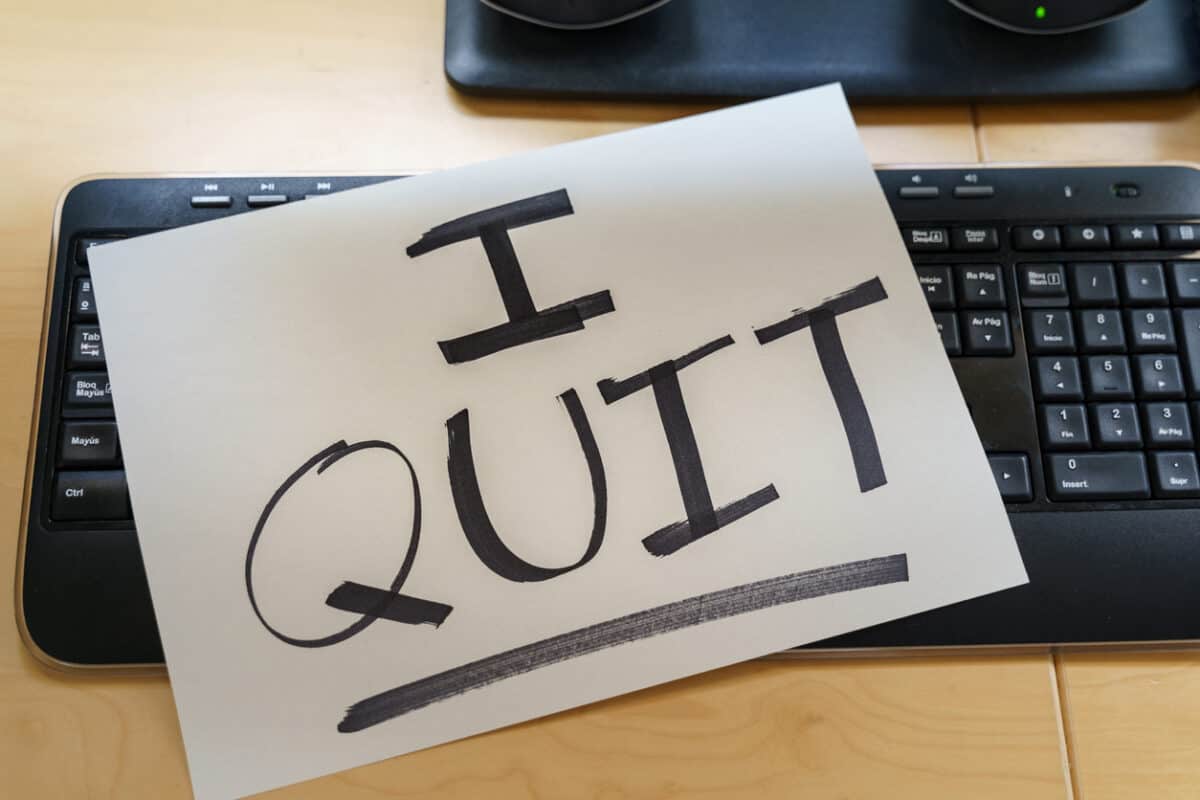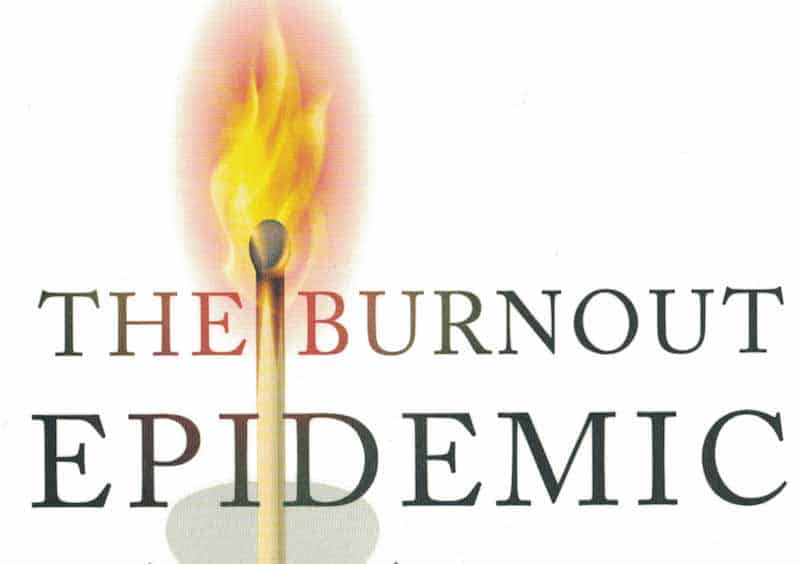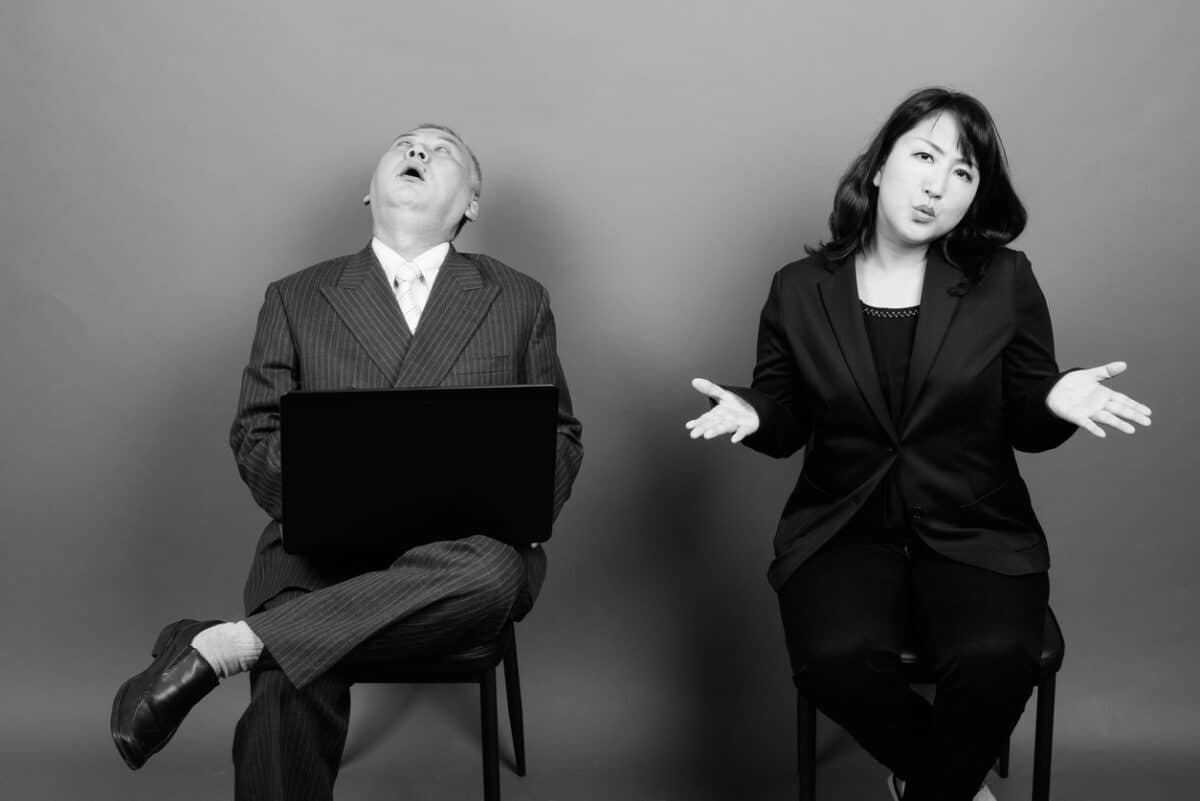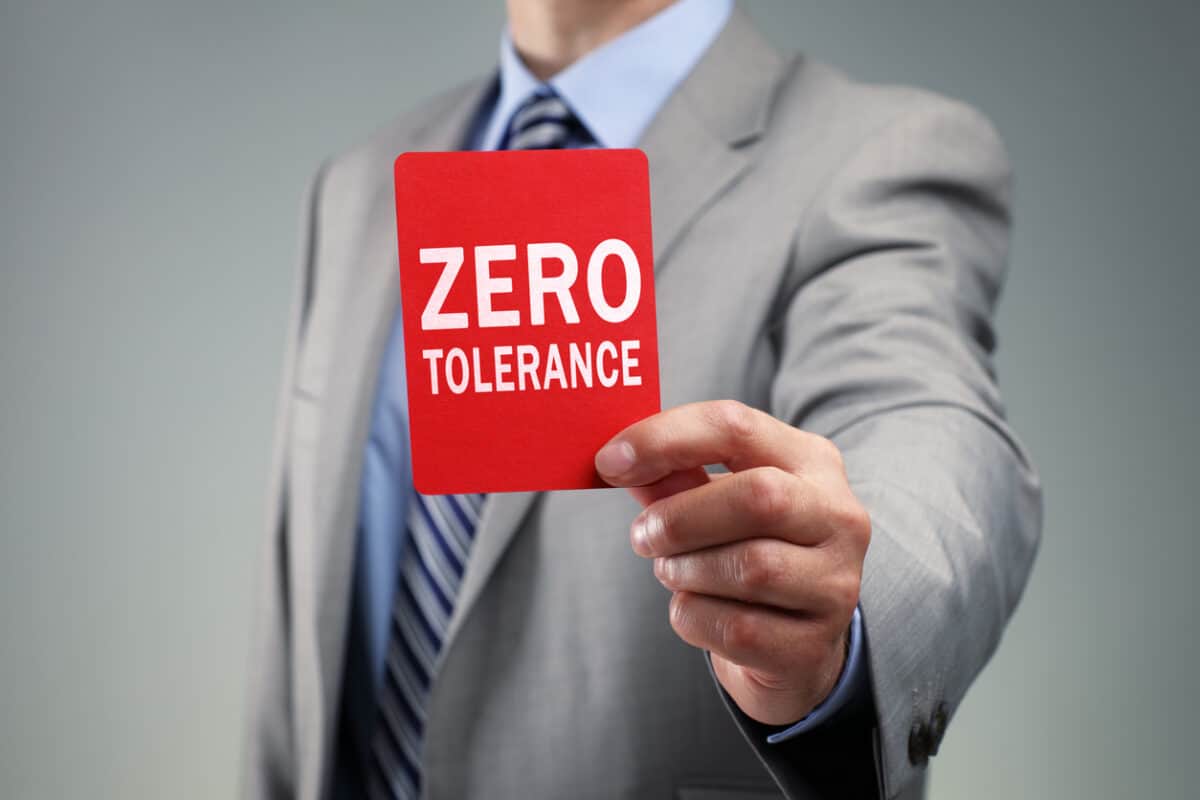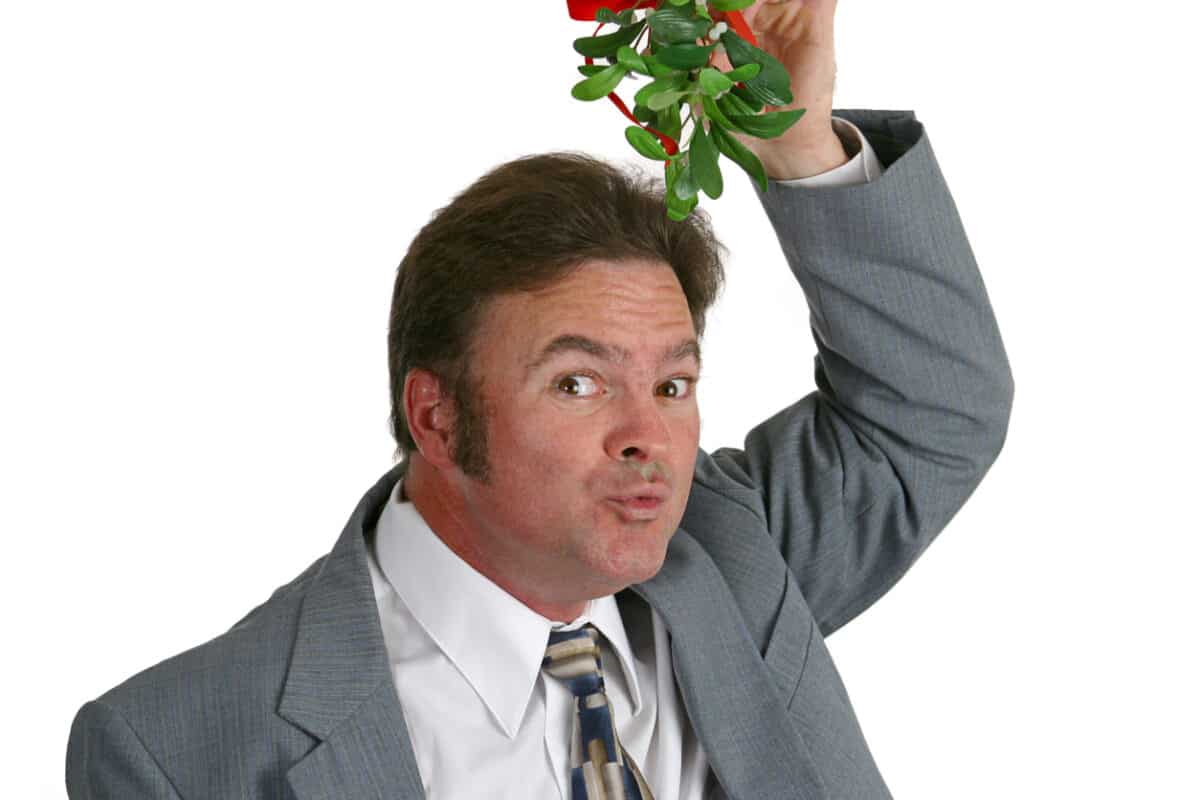Advisory books about how to manage Burnout continue to be published. Another one that, due to the format and publisher, could be influential is Burnout for Dummies by Eva Selhub. Sadly, Selhub consciously downplays the occupational health and safety (OHS) role in preventing Burnout. Her choice sidelines OHS, the organisational context and the employer’s duty of care, but that seems typical for Burnout authors from the United States.
Category: harassment
ChatGPT article on psychosocial hazards at work
I am uncertain about using Artificial Intelligence (AI), like ChatGPT, to produce articles related to occupational health and safety (OHS), but thought I better familiarise myself with the process. So, I asked ChatGPT to
“Create a 400-word document discussing psychosocial hazards in the workplace and the most effective methods to prevent them happening.”
Below is the article and a discussion of its deficiencies:
Continue reading “ChatGPT article on psychosocial hazards at work”Organisational and self-help advice on burnout
One of the best books about burnout is Jennifer Moss‘ “The Burnout Epidemic“, which this blog wrote about in April last year. A recent book on burnout and self-help caused me to revisit Moss’ book, and one of the chapters that I missed last year seems to explain the popularity of the self-help approach.
Moss writes about the organisational and structural workplace factors that create and perpetuate workplace stress and related poor mental health. However, one of the last chapters is titled “Take Care of Yourself, Too”. Moss writes:
“Self-care won’t fix broken organizational systems, but it’s the part we can control in a world full of the uncontrollable.”
page 213
Don’t mention profit
The primacy of profit to employers is an accepted truth. However, the size of the profit and the pathway to those profits are not absolutes, and it is in this latter context that occupational health and safety (OHS) lives.
Even though profit is a business truth, it is often a word that business representatives seem to fear. They speak of profit through synonyms like “productivity” and “competitiveness”. An example of this timidity or wariness was displayed recently by prominent businessman Michael Angwin in an opinion piece in the Australian Financial Review (paywalled) that contained many other cautious words of business jargon. Angwin misses the harm to workers and others generated by the world as he sees it.
C-Suite is disinterested in OHS
Consulting firm KPMG has released its annual survey report on the concerns of corporate executives called “Keeping us up at night – The big issues facing business leaders in 2023”. Occupational health and safety (OHS) fails to get a mention. (So much for the attitudinal impact of Industrial Manslaughter laws!) But then neither does “mental health” nor “sexual harassment“.
The KPMG report may accurately reflect executive priorities, but it may also reflect a denial of reality.
Addendum: Chris Smith and the prevention of harm
The earlier Chris Smith article mentioned the earlier incidents that, given his recidivism, the control measures implemented failed or were inadequate. If these incidents had involved occupational health and safety (OHS) concepts and investigations, the latest incident may never have occurred.
OHS is big on investigations and contributory factors but usually after an incident. OHS tends to identify faults and failures after the event. However, this has become the norm because OHS and employers are less able or interested in investigating incidents with lesser consequences or what OHS call Near Misses. Chris Smith had no near misses, each of the earlier “misbehaviours’ were incidents that seem not to have been investigated to the standard or depth intended in OHS.
How could OHS have helped manage Chris Smith?
SkyNews and radio host, Chris Smith, has been dismissed due to inappropriate behaviour at a company Christmas party. This type of behaviour has been on the occupational health and safety (OHS) and Industrial Relations radar for a long, long time. Recently the psychological impacts of this type of behaviour have come to the fore, placing the issue clearly in the OHS realm.
It is useful to look at the Chris Smith saga through the “new” OHS perspective.

